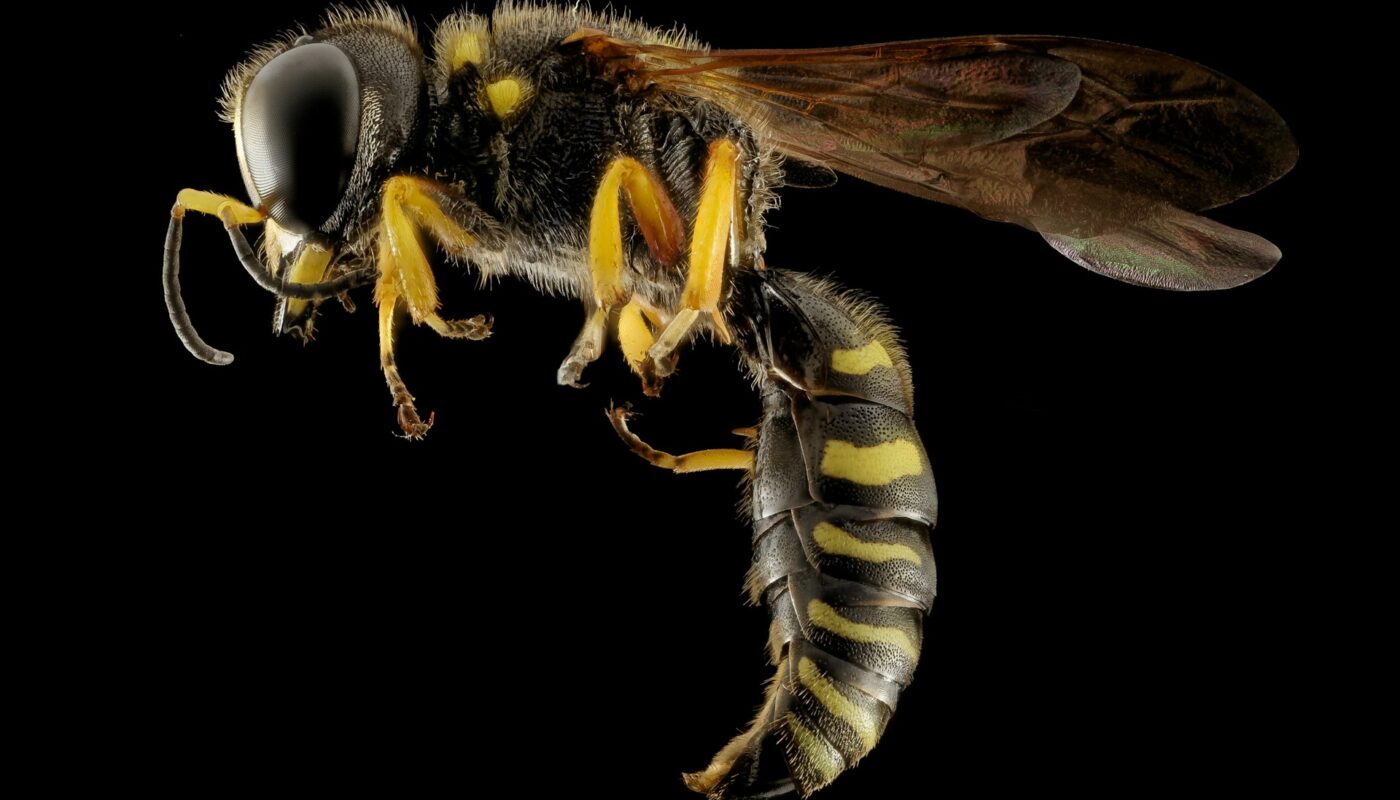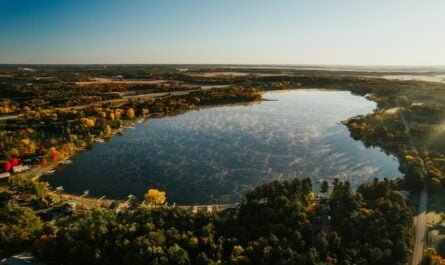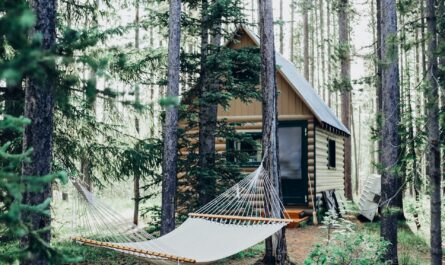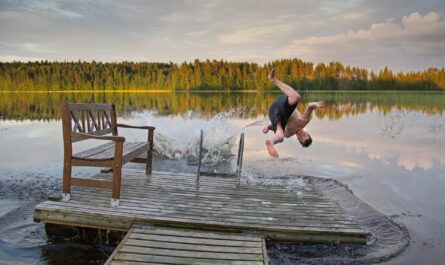Maintaining a pest-free home environment is crucial for our health and well-being. Yellowjackets, close relatives to the common wasp or hornet, can become unwelcome guests, especially during the warmer seasons when they are most active. Understanding these creatures, their habits, and effective methods to deter them can help ensure your backyard remains a pleasant, haven for family and friends. We look at how to get rid of yellowjackets from your cottage or cabin.
Table of Contents
Understanding Yellowjackets

Yellowjackets are a species of wasp known for their distinctive black and yellow striped bodies. Often misunderstood for their aggressive nature, they serve essential roles in our ecosystem by controlling other pest populations and pollinating plants. Yet, their presence can become problematic when they establish nests near human habitations.
Signs of Yellowjacket Infestation
Identifying a yellowjacket infestation begins with recognizing their unique characteristics. They have a typical wasp-like appearance with a clearly segmented body. Yellowjackets often build their nests underground, in wall cavities, or hollow trees. Watch out for a significant number of wasps flying in and out of a single area, which may indicate the entrance to their nest.
The Dangers of Yellowjackets
Yellowjackets are more than just a nuisance. Their sting can be quite painful and, in some cases, provoke allergic reactions. Moreover, if they nest within the structures of your property, they may cause significant damage over time.
DIY Yellowjacket Control Methods

Before reaching for a can of insecticide, consider some safer alternatives. A homemade trap using sugar and water can lure and trap yellowjackets. Additionally, essential oils like peppermint and clove are natural deterrents. Keeping your yard clean, especially around areas like your backyard swimming pool, is crucial, as food scraps and sweet drinks attract these pests. Remember, never try to remove a nest alone; it can provoke the colony and lead to stings.
Professional Yellowjacket Control Services
Professional pest control may be necessary if the infestation is too large or the nest is in a hard-to-reach area. Look for a licensed service with good reviews and guarantees their work. The cost will vary depending on the infestation’s size and the job’s complexity.
How to Get Rid of Yellowjackets Nest
Dealing with a yellowjacket nest near your home requires caution and strategic planning, as these stinging insects can become aggressive if threatened. The first step is to identify the nest correctly. Yellowjackets typically build their nests underground, in hollows, or in cavities within walls or structures. Once you have located the nest, it’s advisable to tackle the problem late evening or early morning when the yellowjackets are less active.
To safely remove a yellowjacket nest, you will need protective clothing that covers the entire body, including gloves, a hat, and a face veil. Approaching the nest quietly and without sudden movements is crucial. One effective method is to use an insecticide spray designed explicitly for wasps and hornets. Spray directly into the nest entrance, following the product’s instructions carefully. Alternatively, you can use a dust insecticide to apply the powder around and directly into the nest’s entrance. After treating the nest, monitor the area for a few days to ensure all yellowjackets have been eradicated before sealing the nest entrance to prevent reoccupation.
How to Get Rid of Yellowjackets In The Ground
Eliminating a ground nest of yellowjackets near your home involves a cautious and well-timed approach, as these insects can be particularly aggressive when their nest is disturbed. First, it’s essential to positively identify the nest site, which is typically a small hole in the ground with yellowjackets entering and exiting. The best time for treatment is late evening or early morning, as yellowjackets are less active and most are inside the nest.
For personal safety, wear protective clothing that includes thick garments, gloves, a hat, and a face veil or hood. Choose an insecticide labeled for use against yellowjackets and specifically designed for ground nest application. Approach the nest quietly and without using any lights directly over the nest, as this can agitate the insects.
Apply the insecticide according to the manufacturer’s instructions, directing it into the nest entrance. It’s often effective to use a quick-application aerosol or a dust formulation. After application, quickly vacate the area to avoid stings. Monitor the nest over the next few days and repeat the treatment if necessary. Once you are sure that the yellowjackets have been eliminated, fill in the nest hole to prevent future colonization.
Long-Term Yellowjacket Prevention
Prevention is always better than cure. Regular inspection and maintenance of potential nesting sites, especially during the spring when queen yellowjackets look for nest locations, is crucial. Modifying your landscape by sealing crevices and hollow trees can deter these pests. Incorporating plants that attract natural predators, such as birds, into your garden can also act as a form of biological control.
Video: How to Get Rid of Yellowjackets (4 Easy Steps)
Final Thoughts About How to Get Rid of Yellowjackets
Having yellowjackets in your backyard during your much-anticipated summer vacation can be a real downer. But understanding these creatures and knowing how to manage their presence can turn your garden back into a peaceful haven. Whether you choose DIY methods or professional services, the goal is to keep these unwelcome guests at bay.
Related Reading
5 Eye-Opening Benefits of Owning a Second Home
The 4 Best Swim Platforms for Inland Lakes
Comment Section
Feel free to share your experiences or ask any questions about yellowjacket control. Let’s work together to make our backyards safe and enjoyable!



